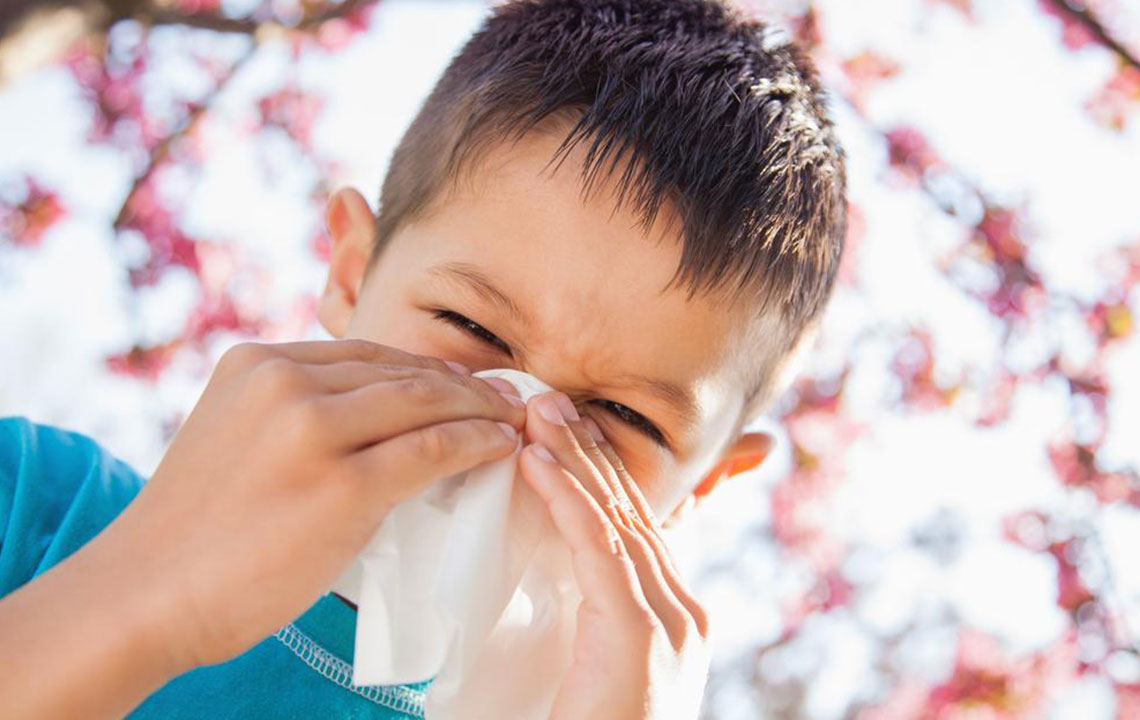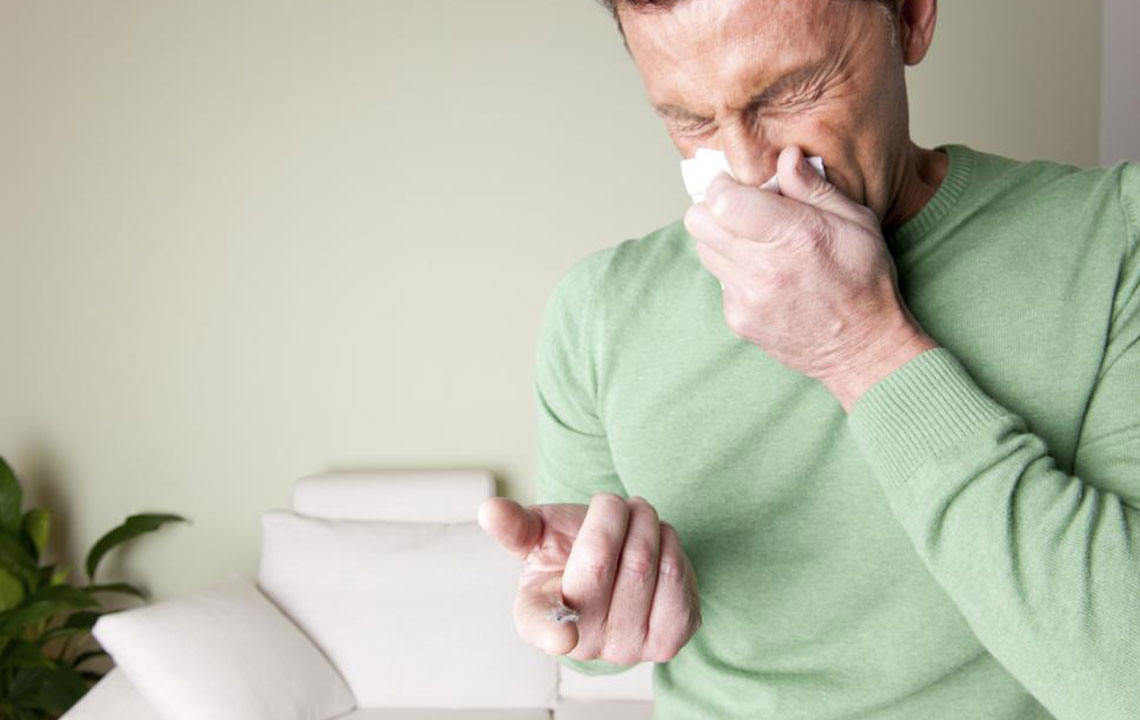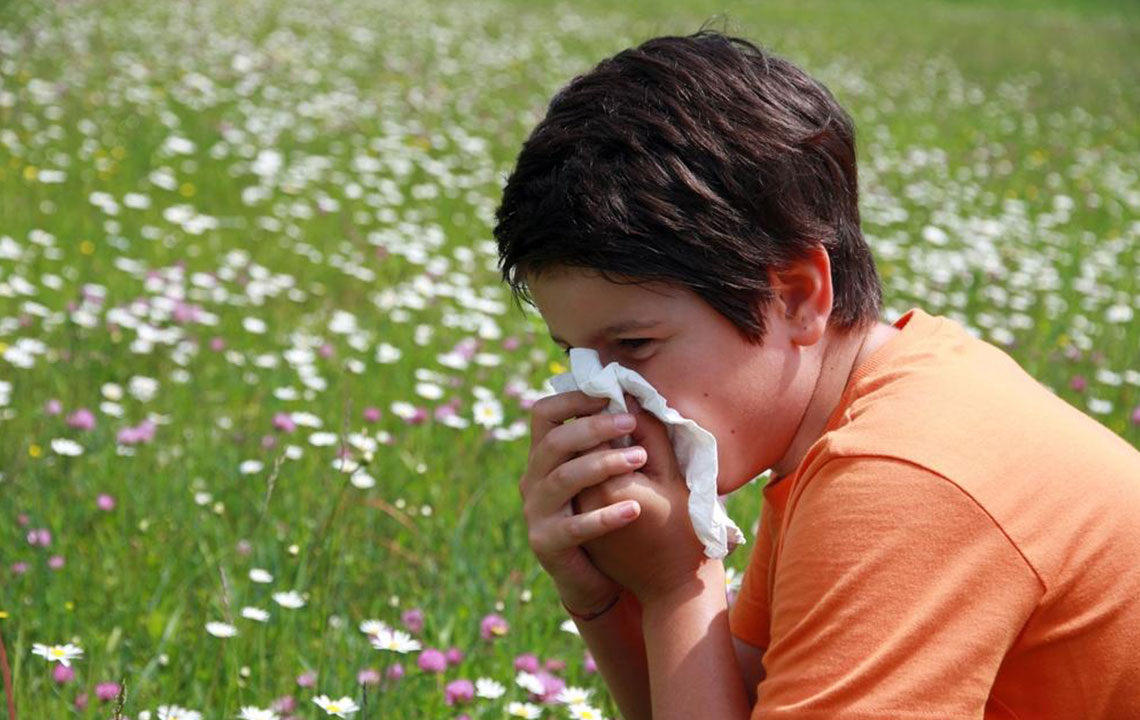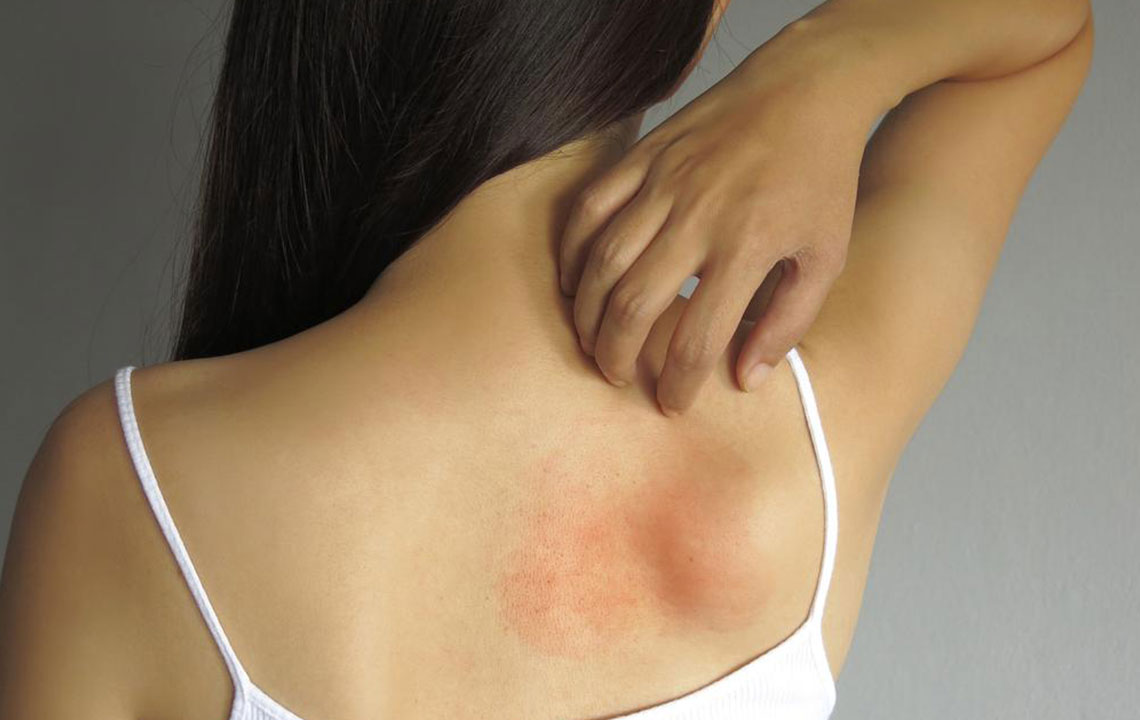Comprehensive Guide to Mold Allergy Symptoms and Prevention
Learn essential information about mold allergies, including symptoms, causes, risk factors, diagnosis, and prevention methods. Discover how to reduce exposure and manage symptoms effectively for better health throughout the year.

Comprehensive Guide to Mold Allergy Symptoms and Prevention
If you experience allergy symptoms during different seasons, mold exposure might be the culprit. Mold allergy provokes immune responses similar to other allergies. Molds are present in various environments—under sinks, on bathroom floors, or in basements—and many spores are airborne, making exposure common. As fungi, mold spores can trigger allergic reactions, especially under humid or windy conditions. Symptoms can appear both in dry and damp weather, affecting people year-round.
Molds such as Aspergillus, Cladosporium, Penicillium, and Alternaria are primary triggers. Although around 1,000 molds exist in the U.S., only a few cause allergies. Mold spores lead to immune responses mimicking other allergies, causing itchy eyes, nasal congestion, and sneezing. Common symptoms include persistent sneezing, runny or stuffy nose, itchy and watery eyes, dry skin, and cough. For asthmatics, mold allergies can worsen breathing problems and cause chest tightness. Risk factors include family history, damp environments, and occupational exposure. Diagnosis involves skin and blood tests, while treatment includes medications and avoiding mold exposure. Preventive measures like keeping spaces dry and well-ventilated are essential for management.
Mold allergy symptoms
Environmental triggers
Allergy prevention










